Fairy stories were not originally aimed at children, and we do not know what the first audience responses were; but as humans do not change in certain essentials it seems likely that reactions centuries ago were similar to reactions now — when it is adults who often find many of them gruesome and unsuitable for those of single-figure age. Wicked stepmothers plot torment and murder; small children are banished alone to forests; wolves dress up in grandmotherly bonnets and shawls to deceive — and eventually to kill and eat — rosy-cheeked little girls; beautiful princesses are locked in high towers or tricked into taking poison to fall asleep for 100 years. These tales would not be out of place alongside True Stories of Serial Killers.
Yet the remarkable thing is that, though as adult readers we may flinch at the horrifying events in Hansel and Gretel, Rapunzel or Red Riding Hood, children take them in their stride, never delving deeply into the dark heart, just listening on, trusting in a happy ending.
Whoever the original tellers had in mind it was surely not the academics who have appropriated fairy tales as grist to their analytical mill and extrapolated much apparent historical, psychological and metaphorical meaning in them, in the process stripping away their magic and beauty.
Maria Tatar is a distinguished professor of folklore and mythology, but for the most part she wears her learning lightly in her new book’s long introduction. The rest of it reprints 21 short fairy stories from around the world on the basic Snow White theme. Most of them are little known — with good reason.
Tatar’s best insights are into Disney’s iconic 1937 film, Snow White and the Seven Dwarfs, a seminal masterpiece of animation, of which the director himself said: ‘We just try and make a good picture… and then the professors come along and tell us what we do.’ His version was made for entertainment, and differs in numerous ways, major and minor, from the Brothers Grimm version. As Tatar rightly says: ‘Disney’s film dominates the fairytale landscape.’
Visually it is stunning, with vibrant colour and brilliant line presenting vivid contrasts between light and dark, beauty and ugliness, goodness and wickedness. It is partly sentimental, like most Disney confections, but also very frightening. Children who take a reading of the story in their stride have to be escorted out of the cinema version.
Tatar makes some strong points about both Disney and Grimm; but everything, even the book’s title, hangs on one key erroneous assumption — that in fairy stories, as in many other contexts, the designations ‘mother’ and ‘stepmother’ are synonymous and interchangeable. They are not. The stepmother-daughter relationship is, at the very least, a difficult and uneasy one, as plenty of women who have assumed the role, even in happy circumstances, testify — and in stories, it is always doomed from the moment of a father’s remarriage after the death of a saintly wife.
There are no good stepmothers: all are jealous of their stepdaughters, of the love the father has for them, of their beauty and goodness, kindness, gentleness and innocence. A birth mother may possibly have similar envy and bitter dislike of a daughter, but such hostility is very rare. One psychiatrist has claimed that although she had known many daughters who did not love their mothers, she had never known a mother who did not love her daughter (though her generalisation does beg some important questions).
The full-colour illustrations of Tatar’s book have been carefully chosen to exemplify the different styles of the artists, which in turn reveal their widely different visions of the story. Some are sweet, with apple-cheeked Snow White and cute dwarfs; some set their scenes in charming spring meadows or sun-dappled woodlands; several, notably and unmistakably, Arthur Rackham and the American Charles B. Falls, are dramatic and sinister. Perhaps, by visual as much as by verbal means, it is easier to make a significant impact with a wicked character bent on terrible deeds than with a white-skinned, pretty young girl playing happily with small people and woodland animals.
As a study of perhaps the best known of all fairy stories, this one is original and thought-provoking — possibly because it explains why its lasting renown and appeal owe more to the talent of a great animated film-maker than to whichever man or woman, hidden in the mists of time, first thought up the story. But maybe the greatest debt is owed to the person who wrote the rhyme that sums up this and so many other fairy tales: Mirror, mirror on the wall, Who is the fairest of them all?
Got something to add? Join the discussion and comment below.
Get 10 issues for just $10
Subscribe to The Spectator Australia today for the next 10 magazine issues, plus full online access, for just $10.
You might disagree with half of it, but you’ll enjoy reading all of it. Try your first month for free, then just $2 a week for the remainder of your first year.


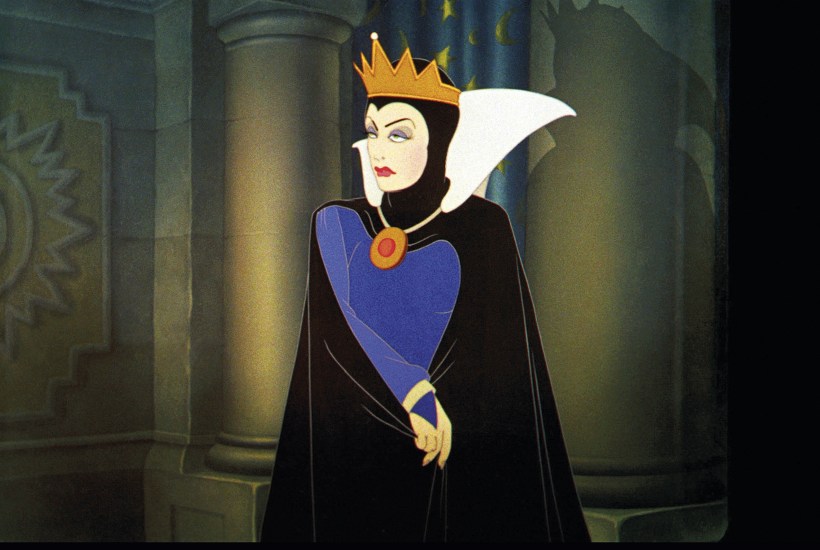
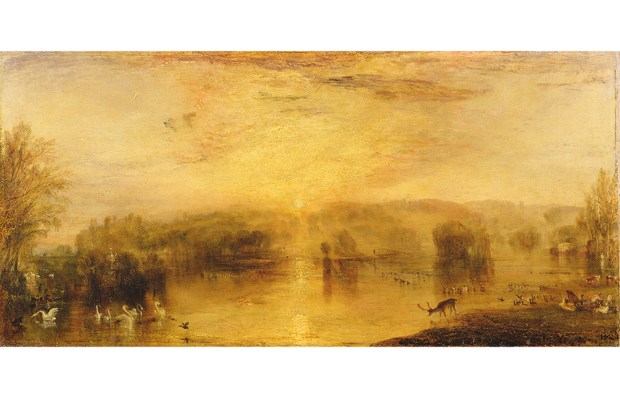
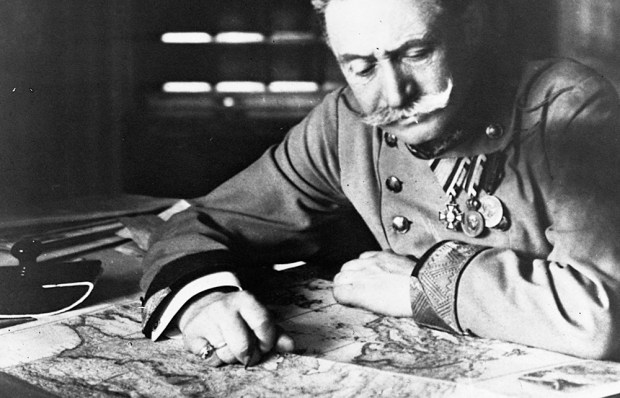

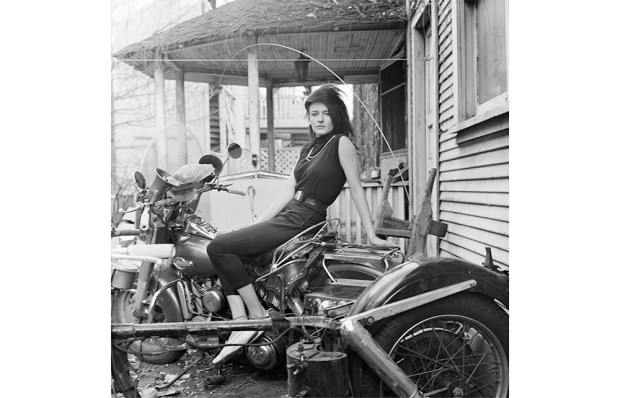

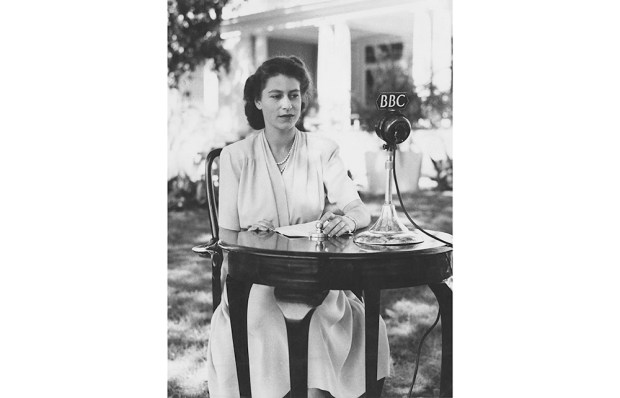






Comments
Don't miss out
Join the conversation with other Spectator Australia readers. Subscribe to leave a comment.
SUBSCRIBEAlready a subscriber? Log in